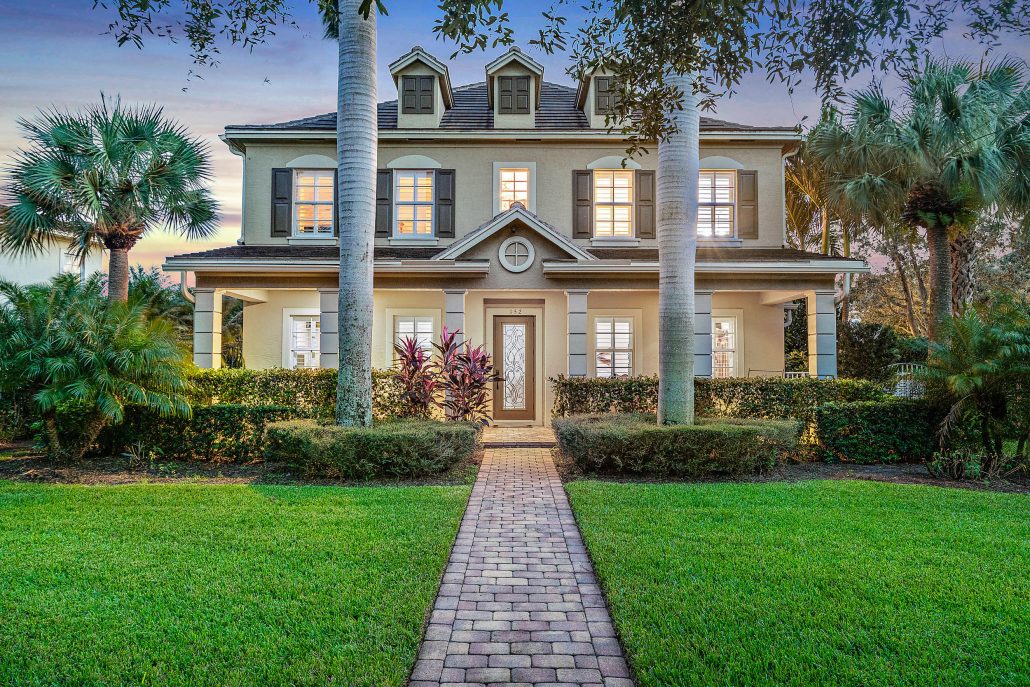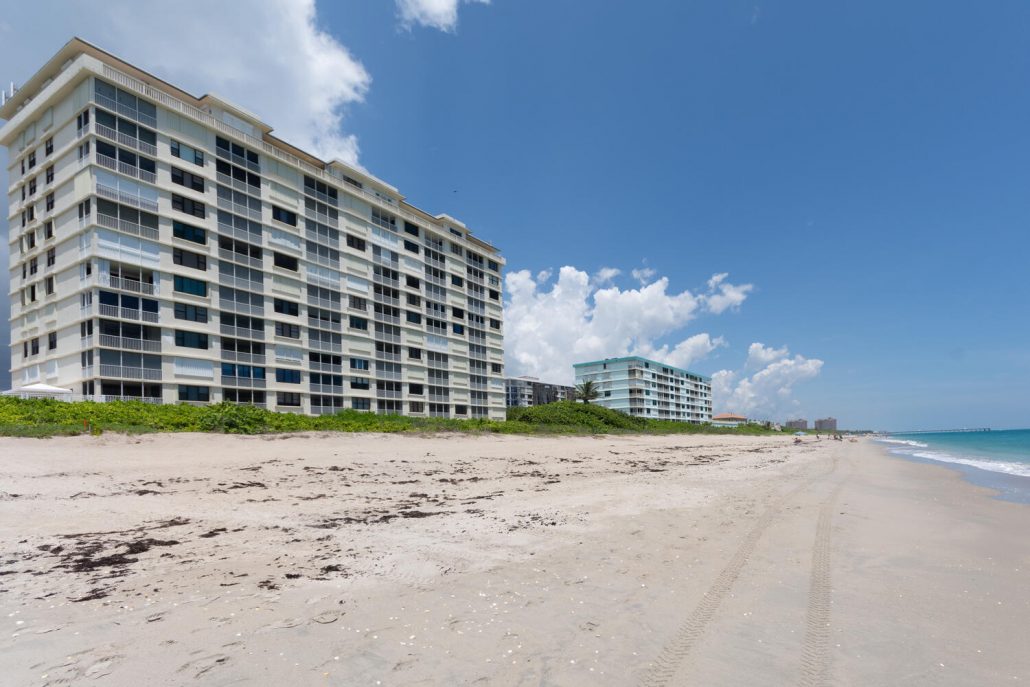I had this come up on a recent sale and it caused me to look into it a bit further. The lot in question is/was properly shown on the recorded plat with the side property lines intersecting the meander line. That’s great. The survey showed that the existing sea wall (which was constructed in the mid 60’s) is landward of the meander line by about 10′ or so. So there is land between the meander line and the existing sea wall. The question is: Can one put in a new sea wall closer to the meander line and fill that area in? The answer I found out has to do with a portion of the Florida Bulkhead Act. I had previously looked at this act for the inverse of this scenario. Where the existing sea wall was built PAST or seaward the meander line.
OK, so here are the basics of it in non legal wording. Back in the late 50’s when Florida really started to boom, the location of a line where the private uplands ended and the state lands started need to be better defined. It had to do with were EXACTLY developers could bulkhead and fill in behind it. It also has to do with where munipalities coul enact local zoning ordinance as those are only applicable on their incorporated lands. The state of Florida basically said to the counties… you guys establish a bulkhead line (by ways of specific meets and bounds) near our historic meander line and the current mean high water line (supposedly) and we will approve it. Understanding that the meander line is an “about here” location of the historic mean high water line back in 1845 when Florida became a state and was suyveyed with a very low degree of certainty. This meander line separates the state owned lands below navigable waters (so called sovereign submerged lands subject to the “Public Trust Doctrin”) from the otherwise owned (by a public or private party) uplands. The meander line can move (a/k/a it’s ambulatory) so long as the movement is slow, imperceptible and not caused by human activity. But the bulkhead line, that does NOT move. So you local guys set this bulkhead line by specific meets and bounds and we, the state of Florida, will bless this new bulkhead line and make it difficult, if not impossible to get permits fill beyond it. Once established, the area landward of the bulkhea line is covered the local or county zoning ordinance. The county may, also through your local zoning, do things like ban the ability for one to build a habitable structure on piles seaward of it. Anything on piles seaward of the meander line, like a dock or a pier, is a use licensed by DEP and subject to the rules covering sovereign submerged lands.
So, where does one find information on where exactly this bulkhead line is located? Many municipalities like Riviera Beach adopted it into their local code. North Palm Beach HAD it but then repealed it because basically the new sea walls were being placed, as allowed by code, within 18″ of the old wall BUT that was beyond the established bulkhead line and DEP finally picked up on that. Remember that this is the line in the sand BUT NPB was developed right when it was set. Thus the seawall built in say 1960 was ON the bulkhead line. In Martin County, it was adopted by the county and recorded in the public records. I have yet to find a GIS layer or map of any sort that shows the local bulkhead line BUT I do have these as examples of the line in Martin County:
So, basically one can build a new sea wall out at the bulkhead line set by the county OR OTHER LOCAL MUNICIPALITY, and approved by the state. If I find the bulkhead line information for the meets and bounds of the bulkhead line in Palm Beach County I’ll add it later.
An important note here. The mere location of a bulkhead line set by the county or others locally does NOT (in my opinion) speak to the ownership of any land between the meander line and the landward existing sea wall or established bulkhead line.
I copied this from an AG opinion in regards to the “ambulatory” aspect of the meander line: “erosion or submergence is accretion in reverse, and the imperceptible principle is applicable in distinguishing erosion from avulsion. In other words, where the loss occurs through avulsion, which is defined as the sudden or violent action of the elements, and the effect and extent of which is perceptible, the boundaries do not change. But where the sea, lake, or navigable stream imperceptibly encroaches upon the land, the loss falls upon the owner, and the land thus lost by erosion returns to the ownership of the State.”





